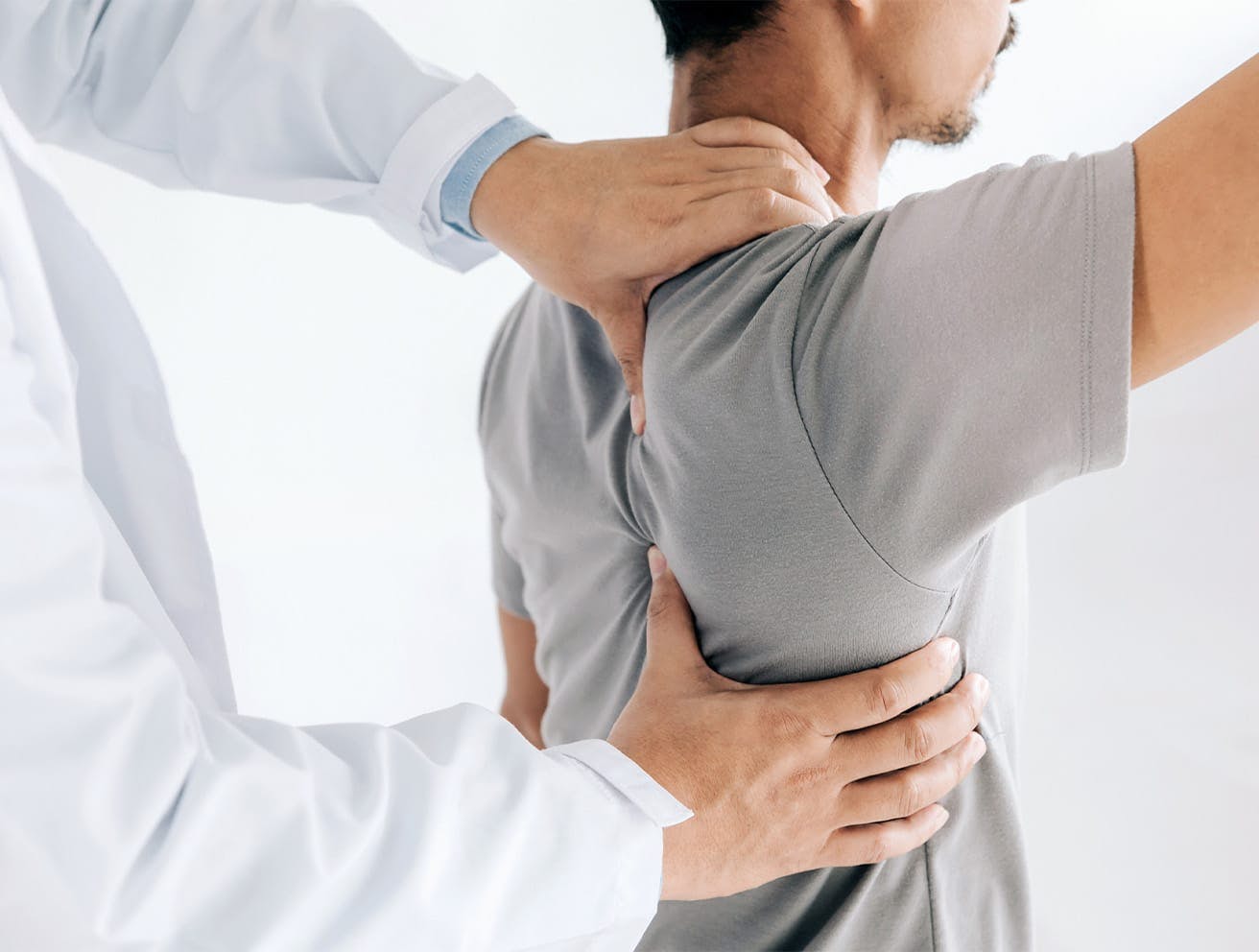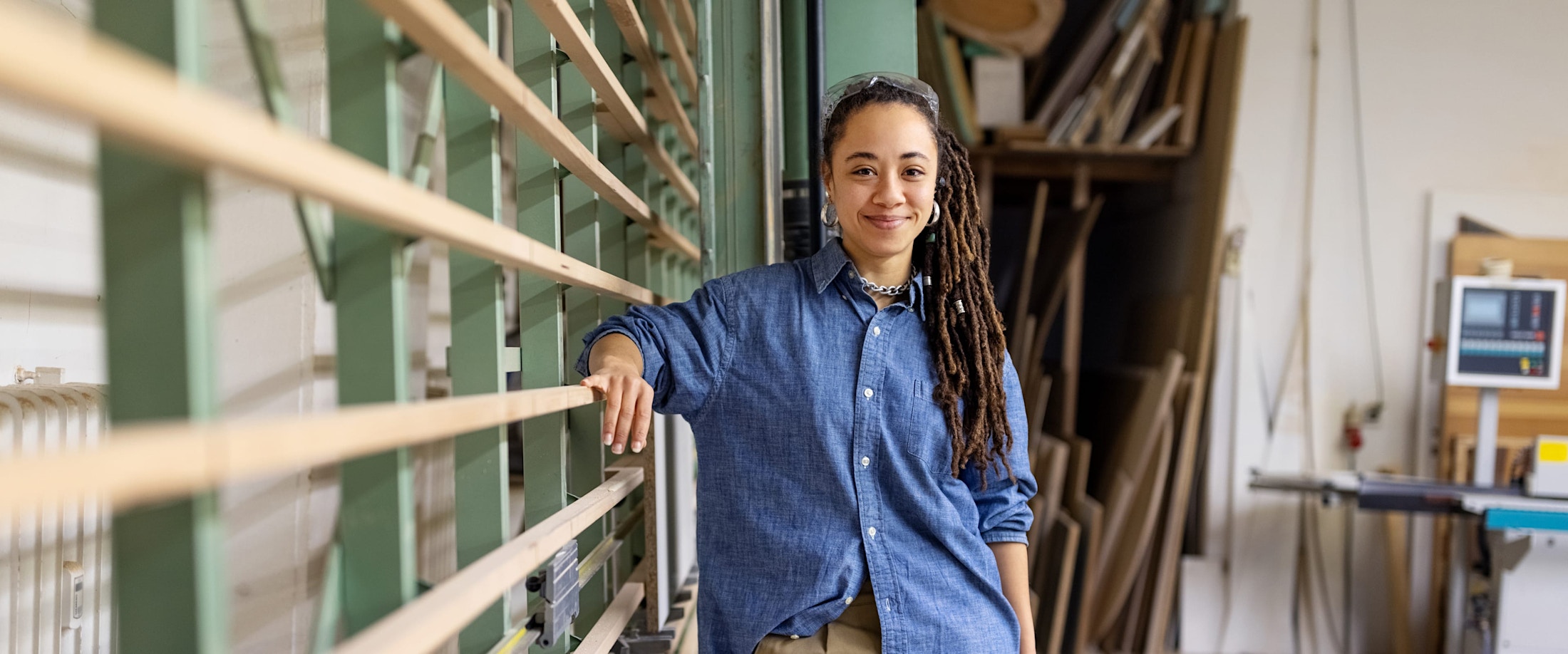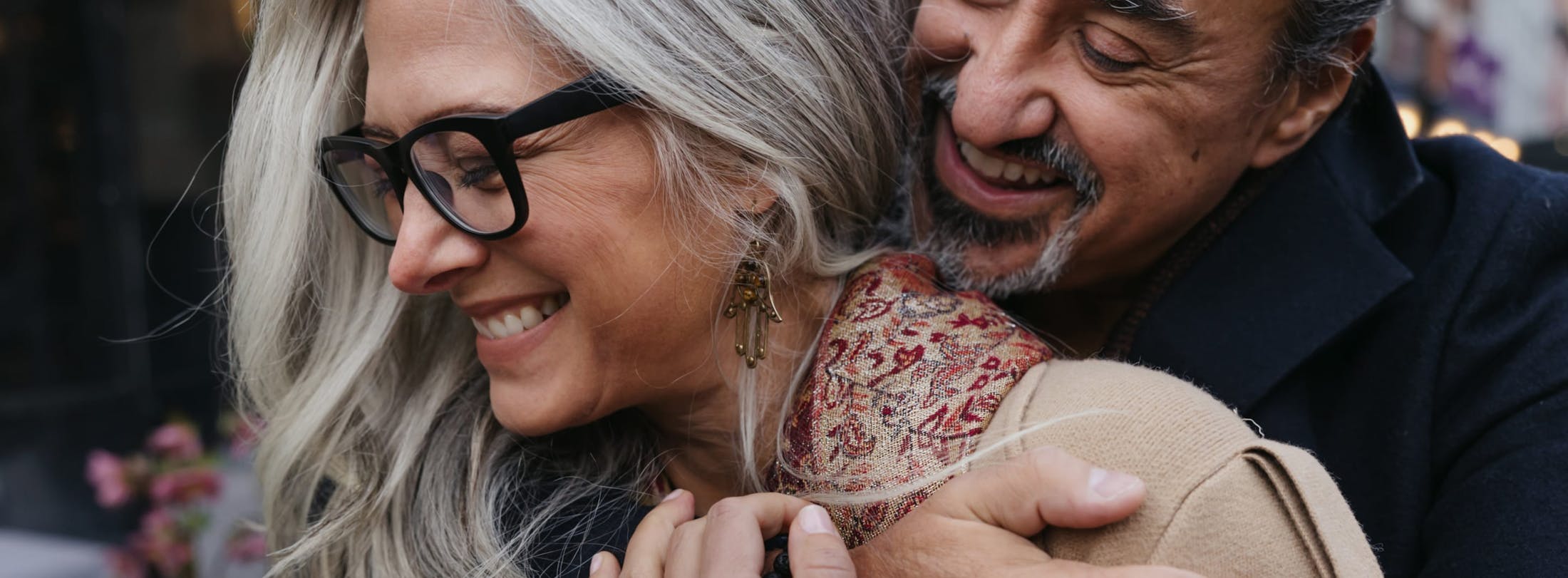Our SLAP repair in Manhattan, Queens, Brooklyn or the Bronx, can restore shoulder motion and function, alleviating discomfort and allowing you to enjoy a pain-free, active lifestyle.
What is a SLAP lesion?
A Superior Labral Anterior and Posterior (SLAP) lesion is an injury to the labrum, the cuff of cartilage that forms a cup for the arm bone to move within, enhancing shoulder stability. This injury often arises from repetitive motions that strain the biceps tendon or acute traumas such as a shoulder dislocation or a fall with the arm extended. Over time, wear and tear in the superior labrum can also lead to SLAP lesions, particularly in individuals over 40 years old.







